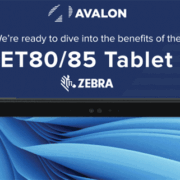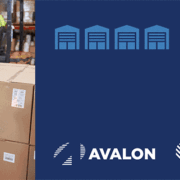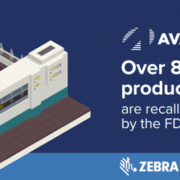Gone are the days where single-use products are the norm. Standing amongst several customer demands, sustainability has been an initiative driving changes across the supply chain. While there are many reasons behind this, a few notable factors fueling change in warehouses are:
- Shared belief among decision-makers – Recent studies show that over 90% of chief executives see sustainability as a top priority to ensure future success.
- Warehouse packaging contributes to a great deal of waste in landfills – The Environmental Protection Agency (EPA) estimates that container and packaging have continued to as much as 82.2 million tons in solid waste, of which 37% was landfilled.
- Customers believe brands should take corporate responsibility – Over 75% of today’s consumers are seeking brands that focus on taking better care of the planet in addition to more personalized and meaningful experiences.
- Material shortages leave little room for unnecessary waste – Supply shortages for raw materials have impacted manufacturers by lowering production rates, making reverse logistics crucial to expand product availability since returned items could be resold to help prevent out-of-stocks.
3 Ways to Prioritize Sustainable Warehousing
As technology continues to advance, more sustainable solutions continue to develop. While there are many large-scale changes available, Avalon continues to push small-scale changes alongside bigger implementations for greater savings in a smaller carbon footprint. A few of these changes involve:
- Maximizing the use of reusable containers – To reduce the number of disposed packaging and pallets, distribution centers have turned to reusable containers and removable labels such as the 8000D Dissolvable Labels to properly identify products without slowing operations as containers need to be re-identified.
- Streamlining inventory control through a shareable WMS – Studies show that a properly functioning WMS can increase inventory by upwards to 30%, minimizing risks of out-of-stocks and overstocking. Moreover, a digitized WMS removes the need for paper-based reporting, further reducing waste while maximizing data accuracy and accelerating easy data sharing across the supply chain.
- Choosing an upgrade path that integrates recycling – When outlining a modernization strategy, the fate of your legacy and decommissioned devices should be a crucial factor to avoid contributing to more e-waste. As a Zebra Premier Solution Partner, Avalon works alongside businesses to facilitate eco-friendly modernization with the GO Zebra Trade-In Program. By accepting devices from any manufacturer, Zebra upgrades ensure traded devices are properly recycled and destroyed without adding to landfills.
Sustainable modernization is not a contradiction. Reach out to our team to explore further steps your warehouse can take in creating an eco-friendly optimization strategy that still embraces the latest edge in innovation.











